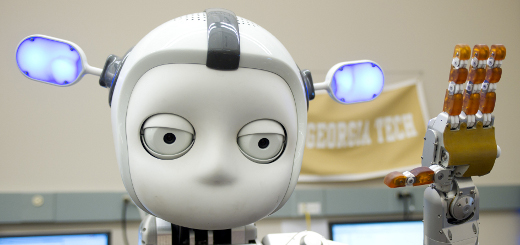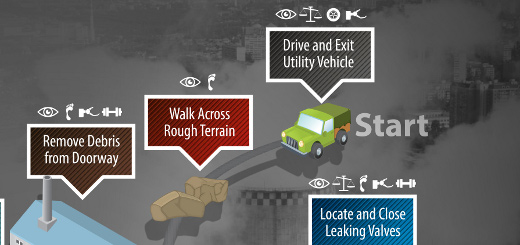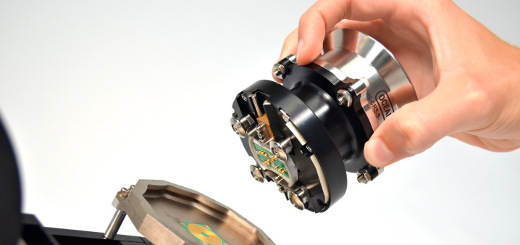MIT, Bluefin demonstrate plug-and-play AUV software
A team from MIT recently demonstrated its ability to swap autonomy software into autonomous underwater vehicles on the fly, a skill the group says is needed to advance AUV applications and enable rapid mission configuration changes in the field.
The demonstration was conducted by MIT’s Laboratory of Autonomous Marine Sensing Systems to showcase the MOOS-IvP Payload Autonomy, or Backseat Driver, concept on two Bluefin Robotics AUVs, a Bluefin-9 and Bluefin-21.
MOOS-IvP is a set of open-source C++ modules that autonomously adapt the AUV to environmental sensory input. Thanks to its recent integration on a small Gumstix computer, the software can now be rapidly applied to multiple vehicles. According to the group, while onsite at the Charles River in Cambridge, Mass., an operator simply removed Bluefin’s standard Removable Data Storage Module and replaced it with the autonomy module. The vehicle was deployed from the shore and mission commands were sent from an iPhone to the topside computer, over an acoustic modem and to the vehicle.
“We see this ‘plug-and-play autonomy’ capability as a critical enabler for efficient field deployment of the payload autonomy operational paradigm we have been developing over the last decade,” Henrik Schmidt, director of the LAMSS at MIT, said in a statement announcing the demonstration. “It allows us to test the mission configuration by connecting the payload computer carrying the autonomy software to a laptop computer with a simulation environment representing realistic platform dynamics and sensory input. The autonomy software is then installed on a small platform such as the Bluefin-9 for field-testing of the autonomy at low cost before it is finally installed on the operational platform such as the Bluefin-21. Thanks to Bluefin’s standard payload interface, we are able to experiment with new behaviors without posing a risk to the vehicle, and reduced development time and cost.”
As with their aerial counterparts, the ability to control multiple AUVs from a single control system is seen as critical. MOOS-IvP also makes that possible.
“Under the payload autonomy operational paradigm MOOS-IvP serves as unified communication, command, and control infrastructure for managing multiple vehicles from one set of topside equipment,” Schmidt said. “A single human operating several AUVs has the potential of significantly reducing the operational cost of undersea sensing networks, while multiplying AUV effectiveness for both defense and oceanographic applications such as those envisioned under the NSF Ocean Observatory Initiative.”
The project is sponsored by the Office of Naval Research with additional support from Bluefin Robotics and Battelle.
[ photo courtesy of Bluefin Robotics ]



